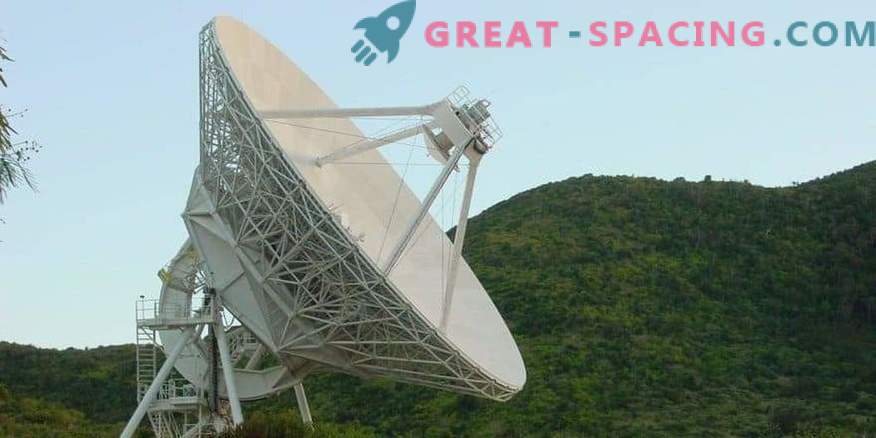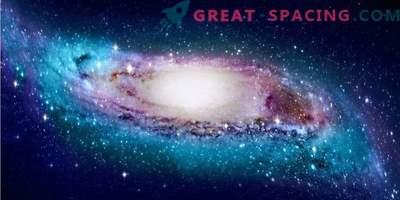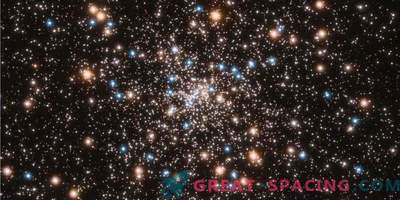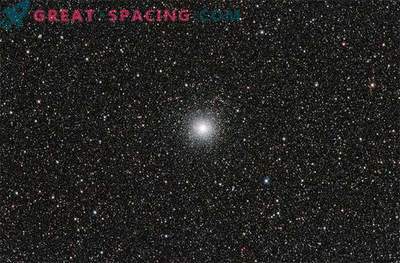
The Eastern End of the Very Long Base Massif (VLBA) in the Virgin Islands
The researchers used the VLBA and were able to measure the distance to the star-birth area on the opposite side of the Milky Way. This achievement doubles the previous record. That is, with a specific array, you can accurately display the entire galactic extent.
The calculation of distance is important for understanding the structure of the galaxy. Most of the material, represented by stars, dust and gas, is inside a flattened disk in which the solar system is embedded. We do not have the opportunity to look at the galaxy from the side and consider the exact shape of the spiral arms. Therefore, we have to use similar neighboring structures for the review.
The calculations were based on a trigonometric parallax, first used in 1838 (calculation of the distance to the stars). It measures the apparent shift in the celestial position, observed from opposite sides of the earth's orbital path. Thus, ordinary trigonometry helps to determine the distance. The VLBA telescope system has ten antennas located in North America, the Caribbean and Hawaii. New observations were carried out in 2014-2015. and determined the distance of 66000 light years to the star forming region G007.47 + 00.05, located near the galactic center. The previous record was 36,000 light years.
Star birth territories contain areas where water and methanol molecules behave like natural radio signal masers amplifiers. That is, they increase their brightness and make it easy to find radio telescopes.
The Milky Way has hundreds of similar sites, so it is possible to create a galactic map and view the entire galaxy. Astronomers hope to be able to finally look at our galaxy from the side, and not along the plane of the disk. They guarantee that they will be able to cope with a difficult task for 10 years.










































